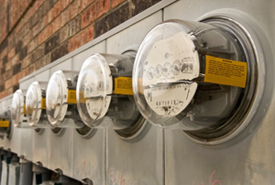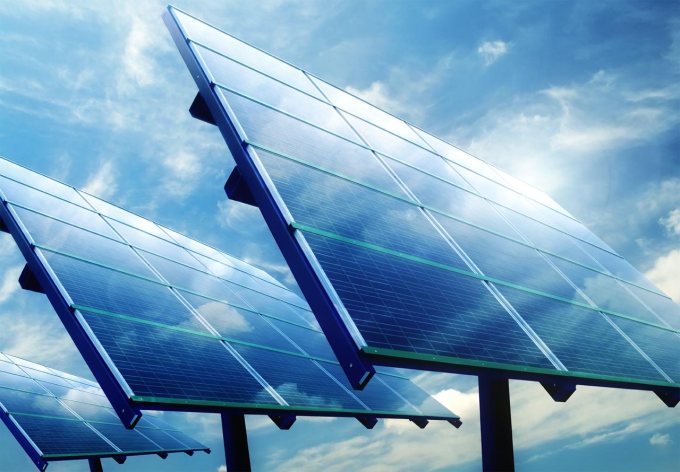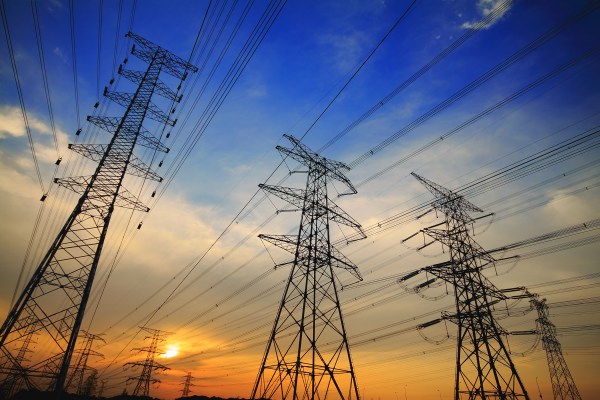It’s 6AM and I’m rolling out of bed. But before my feet hit the floor, my “home energy management agent” is negotiating with the California Independent System Operator (ISO), the nerve center controlling the flow of electricity on the grid.
Normally, I’d get my coffee first and then jump in the shower. But my personal agent has alerted me to the fact that a hair-trigger condition has developed! There is a hydro plant in the Sierras getting ready to ramp up production to meet the morning demand. I’ve already told my agent that it’s OK to request that I rearrange my schedule in modest ways, so it’s concluded that if I (and enough other homeowners!) can hold back on energy consumption for 10 more minutes, the hydro turbines won’t need to open, and the reservoir won’t need to be drained further.
[One of my passions is kayaking in the lakes and reservoirs of the Sierras, and I hate to see the water level drop.] As I jump out of bed, a text suggests that I “shower first, then coffee!”
With an aggregate impact of small decisions made by homeowners like me all over the state, we succeeded in averting the need for that reservoir to drain further…at least for today. This vision will become reality. But for now, we lack the ability to directly influence our energy sources, and we certainly have no way to express environmental priorities in such transactions.
 When you flipped on your light switch this morning, where did that energy come from? What were the environmental impacts of its generation, transmission and use?
When you flipped on your light switch this morning, where did that energy come from? What were the environmental impacts of its generation, transmission and use?
All energy sources have externalities that many of us are passionate about: emissions from burning fossil fuels, groundwater contamination related to oil and natural gas extraction, impacts on fish migration for hydropower and desert habitat disruption for solar, just to name a few.
Unfortunately, there is no way, today, for the full set of impacts of our energy use to be collected, and no way for people to express their values and communicate them to system operators, so that they can be incorporated into decision-making.
How would you balance the benefits you derive from your energy use with the true economic and environmental costs, if you had that information and could choose exactly where your energy comes from?
There are, though, emerging technologies that will alter these legacy dynamics. Instead of captive consumers with few energy choices, we are fast becoming active participants in the energy markets as generators, demand-response agents and ancillary service providers. Our energy resource mix is increasingly coming under our control as we put solar on our rooftops and proactively shift our demand from gas-powered to electric vehicles or our home energy mix between electricity and natural gas.
The cost of energy storage continues to decline, promising increased flexibility in the way we use power from renewable sources. New sensing and analytics technologies allow us to monitor and measure environmental impacts and energy use benefits to a degree never before achievable.
These trends are evident as utilities such as Con Edison allow customers to choose electricity only generated by renewables.
Companies like Whirlpool and others are making smart appliances that interact with Nest thermostats to reduce energy by helping consumers find the best time of day to run. And, commercial-building owners can make money providing demand-side control and ancillary services through network aggregators like EnerNoc.

As these capabilities proliferate, they have the potential to coalesce into an integrated system with great flexibility and potential for savings, and even the possibility to make money.
While these changes promise opportunity for better energy choices, they may also bring some risk. A comprehensive perspective is needed to provide new frameworks and advanced information systems that can help us manage this complexity and guide us toward diverse energy and environmental policy goals.
The democratization of information energy
There are strong similarities between today’s energy systems and the information technology of the 1960s. The mainframe computer of that era was a valuable shared resource, but due to the non-intuitive interface, control of the computing resource was isolated from the workers who used it to support their tasks.
There was a group of intermediaries, experts in machine language, and end users had to coordinate with them to access the computer. Decisions about utilization priorities, methods and investments were generally far removed from the end users, just as is the case with today’s power grid.
In the 1970s, PARC and other Silicon Valley innovators shattered this model and launched the information revolution with the invention of the personal computer, graphical user interface and Ethernet connectivity.
Together, we developed the technologies and practices that put computing into the hands of business users and consumers, providing unprecedented direct access to information and the ability to optimize computers for specific needs.
This transition from mainframe to personal computing is often referred to as the Democratization of Information. Today, anyone can access knowledge on any subject, irrespective of economic or social status. The economic benefit of this transformation is measured in trillions of dollars, with impacts that have touched every aspect of our society.

Today we see signs that the energy market is set for this type of dramatic disruption.
New technologies and markets are allowing energy consumers to gain direct control over energy resources. It is impossible to predict all of the implications and value that will ultimately be created when control of energy is placed directly in the hands of users, but it is nearly certain that it will lead to a period of tremendous innovation, economic growth and job creation.
This type of disruption is a once-in-a-generation opportunity, and the timing couldn’t be better in the context of accelerating our efforts to address impending climate change.
I am a technology innovator, and I’m also a lover of nature. It matters to me where my power comes from and I want to better understand how the little choices I make can improve (or at the very least, not harm) the world I live in and enjoy. What energy choices would you make if you were able?
